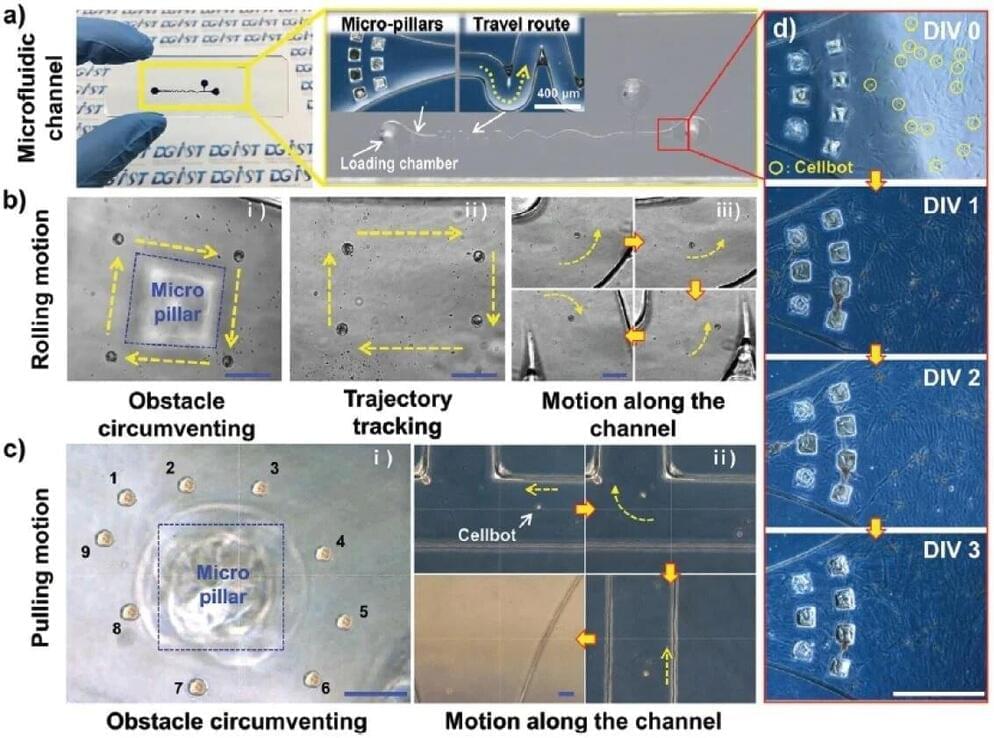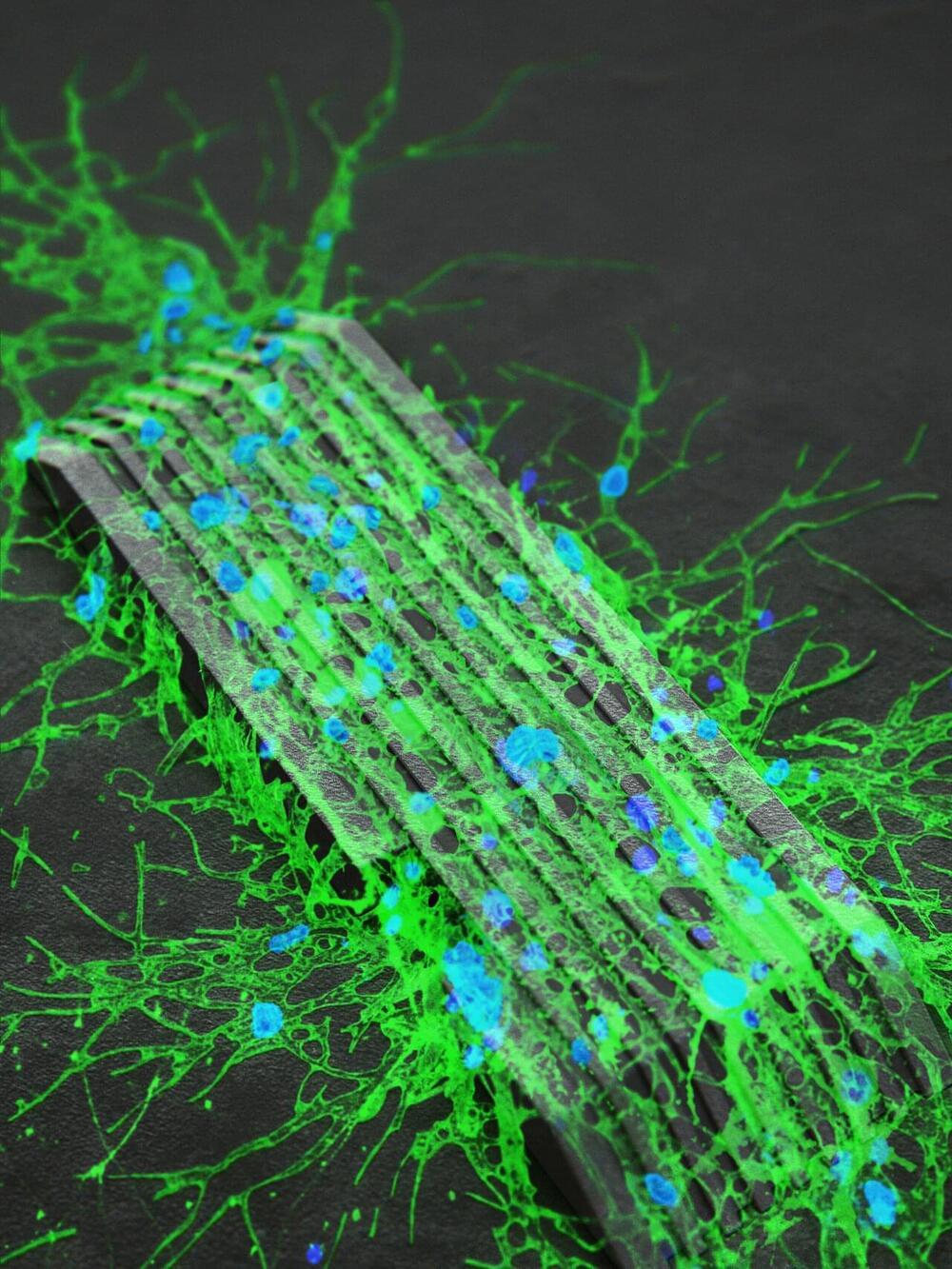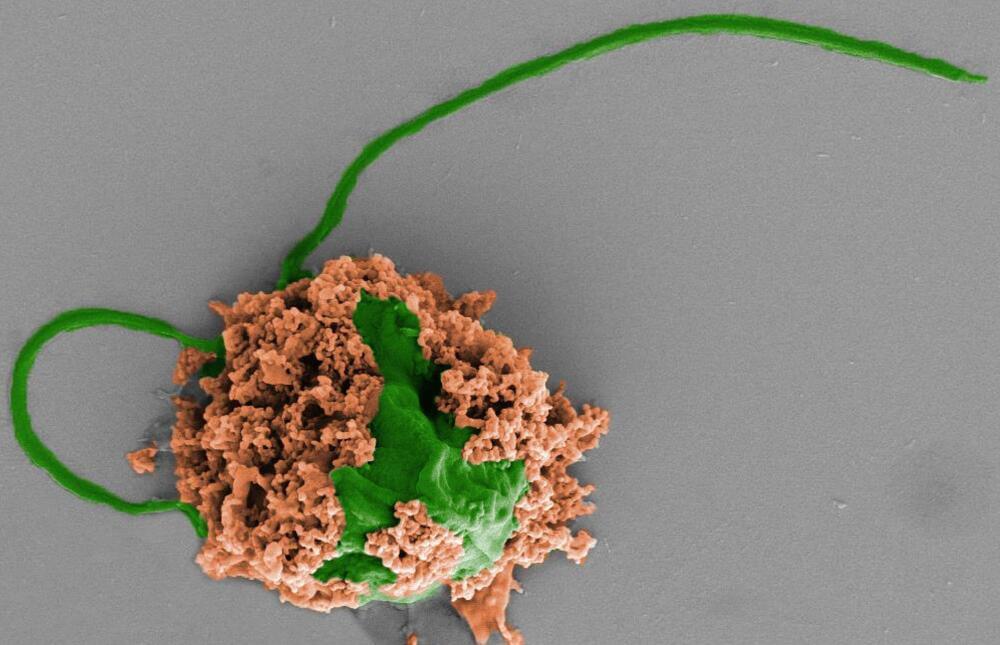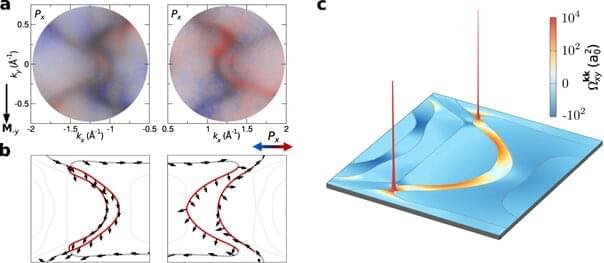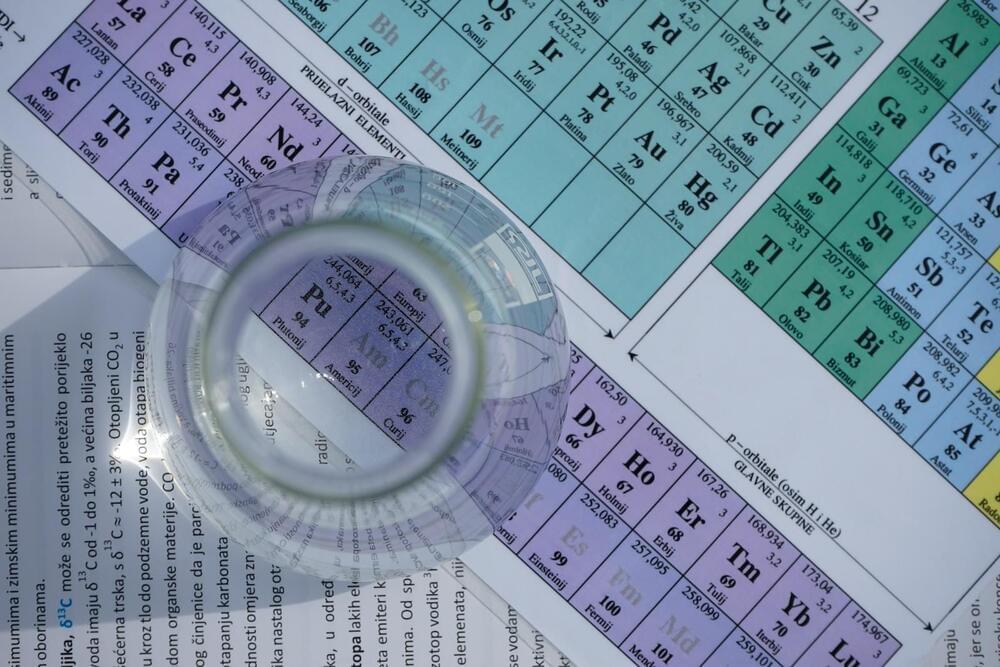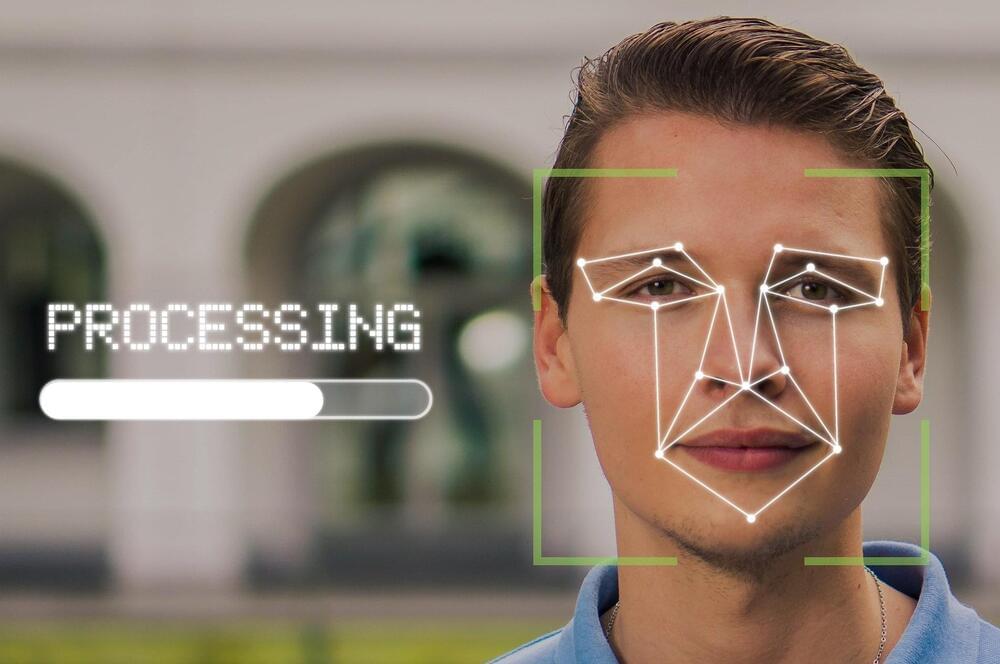The joint research team of Professor Choi Hongsoo at Robotics Engineering, DGIST, a senior researcher Jinyoung Kim from DGIST-ETH Microrobotics Research Center, and the research team of Professor Sung Won Kim at Seoul St. Mary’s Hospital of the Catholic University, made a breakthrough for the improvement of the therapeutic efficacy and safety in stem cell-based treatments.
The team developed a magnetically powered human nuclear transfer stem cells (hNTSC)-based microrobot and a method of minimally invasive delivery of therapeutic agents into the brain via the intranasal pathway. And they also accomplished transplanting the developed stem cell-based microrobot into brain tissue through the intranasal pathway that bypasses the blood-brain barrier. The proposed method is superior in efficacy and safety compared to the conventional surgical method and is expected to bring new possibilities of treating various intractable neurological diseases such as Alzheimer’s disease, Parkinson’s disease, and brain tumors, in the future.
The limitation of stem cell therapy is the difficulty in delivering an exact amount of stem cells to an accurate targeted location deep in the body where the treatment is with high risk. Another limitation is that both efficacy and safety of the treatment are low owing to a large amount of the therapeutic agent loss during delivery, while the cost of the treatment is high. In particular, when delivering stem cells into the brain through blood, the efficiency of cell delivery may decrease owing to the “blood-brain barrier,” which is a unique and specific component of the cerebrovascular network.
